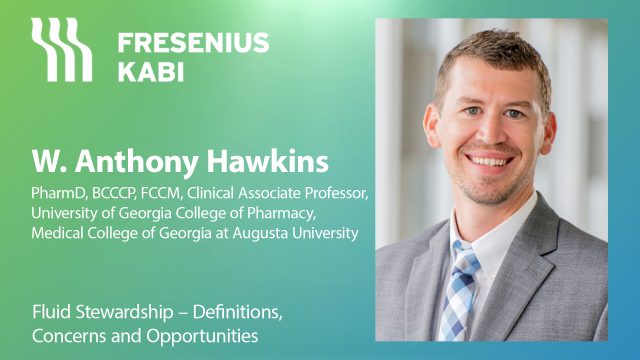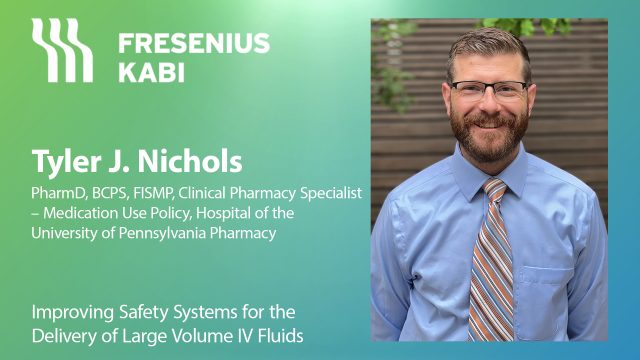Advertisment
Presentation from the ESC Congress 2013 – SAVOR-TIMI 53 Trial


Methods:
SAVOR-TIMI 53 is a phase 4, randomized, double-blind, placebo-controlled, trial designed to evaluate the safety and efficacy of saxagliptin during long-term treatment of ~16,500 patients with T2DM. Eligible patients with HbA1c >=6.5% and <12.0% on any background antidiabetic treatment (except incretin therapy) and history of established cardiovascular disease (history of coronary, cerebral, or peripheral artery disease) or multiple cardiovascular risk factors, were randomized 1:1 to saxagliptin 5mg qd (2.5mg in subjects with moderate/severe renal dysfunction) or matching placebo, stratified by qualifying disease state. The primary end point is the composite of CV death, non-fatal myocardial infarction, or non-fatal ischemic stroke. Major secondary end points include expanded MACE and total death. CV endpoints are prospectively adjudicated by a blinded events committee. The targeted number of primary endpoint events (n=1040) was accrued in January, 2013. Trial registration – NCT01107886 (www.clinicaltrials.gov).
Results:
Between May, 2010 and December, 2011, 16,497 subjects with T2DM and established cardiovascular disease (78% of the population) or multiple cardiovascular risks factors alone (22%) were randomized at 779 sites in 26 countries. The mean age was 65 years, 67% of patients were male, and the median duration of T2DM at randomization was 11.9 years. Database lock is anticipated to occur in June, allowing presentation of final results at ESC.
Conclusions:
1040 primary endpoint events provides 85% power to identify a 17% relative reduction of the primary endpoint with saxagliptin vs. placebo, and 98% power to test for non-inferiority of saxagliptin vs. placebo (reject the upper limit of 95% CI for a hazard ratio <1.3 at a one-sided α of 0.025). SAVOR-TIMI 53 is testing the hypothesis that treatment with saxagliptin is safe and reduces cardiovascular events in T2DM patients with established cardiovascular disease or multiple cardiac risk factors.





